20 Improvements to Fishing & Boating Over the Past 20 Years
By Debbie Hanson
Oct 08, 2018
Here's your chance to take a virtual paddle down memory lane so that you can explore the evolution of recreational fishing and boating experiences over the past 20 years.
While some may reminisce about the "good old days," the past two decades have meant significant improvements in the world of fishing and boating. You now have the resources to be safer, to find the best fishing spots faster, to learn new fishing or boating skills easier, to be more conservation-minded, and to be more comfortable while on the water.
There's certainly something to be said about smart advancements and gear refinements that have resulted from anglers and boaters who have asked the question, "How can we make our days on the water even better?" Here's your chance to take a virtual paddle down memory lane so that you can explore the evolution of recreational fishing and boating experiences over the past 20 years.
1. Fishing Reels

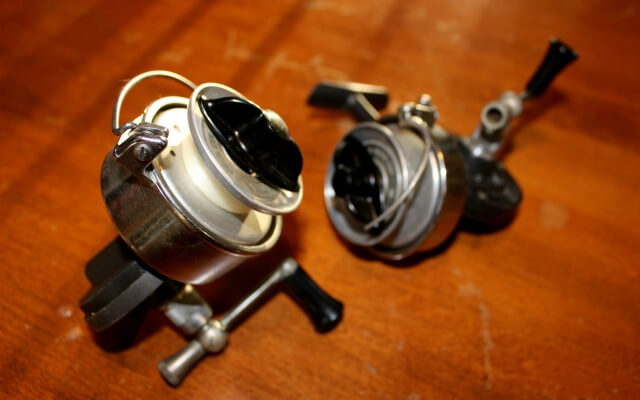
Drag systems have improved to become much more sensitive, even to the point that they automatically adjust to the amount of resistance that is suitable for the amount of tension being applied. Today's reels are also generally made from more lightweight materials such as graphite or aluminum and have higher line capacities.
2. Fishing Hooks

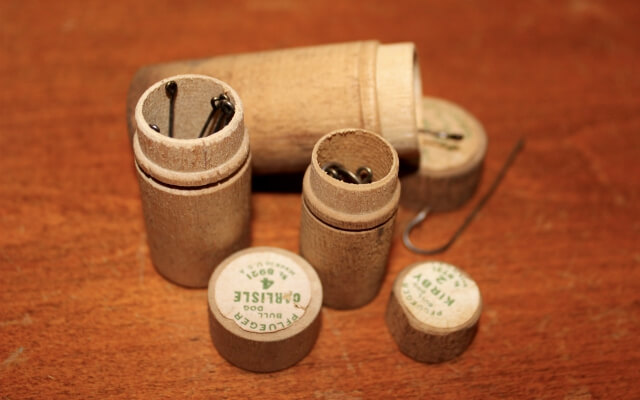
While circle hooks were adopted in the late 1970’s for use by longline commercial fishing boats, J-hooks were widely used until relatively recently. The past decade has brought a surge in circle hook use and awareness. When practicing catch and release fishing with live bait, circle hooks are more likely to hook a fish in the mouth versus being swallowed, making them easier to remove and reducing harm to the fish.
3. Fishing Nets

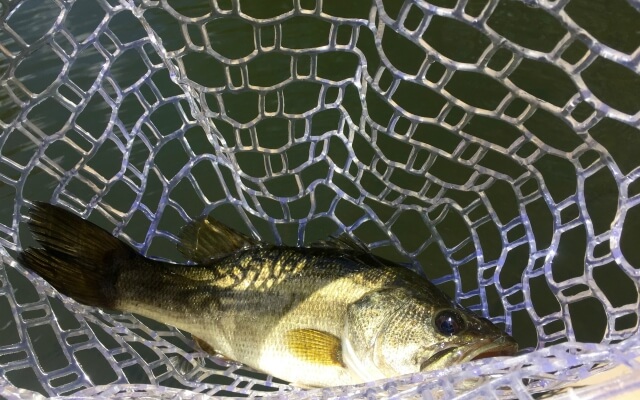
Today, rubber and silicone landing nets are much easier to find at your local tackle shop or online. These types of nets help to keep the slime coat, scales, and fins on your catches intact while also helping to protect the fish from disease and injury. 20 years ago, most landing nets were constructed from nylon. Nylon nets are much more abrasive and prone to causing damage.
4. Fishing Photos

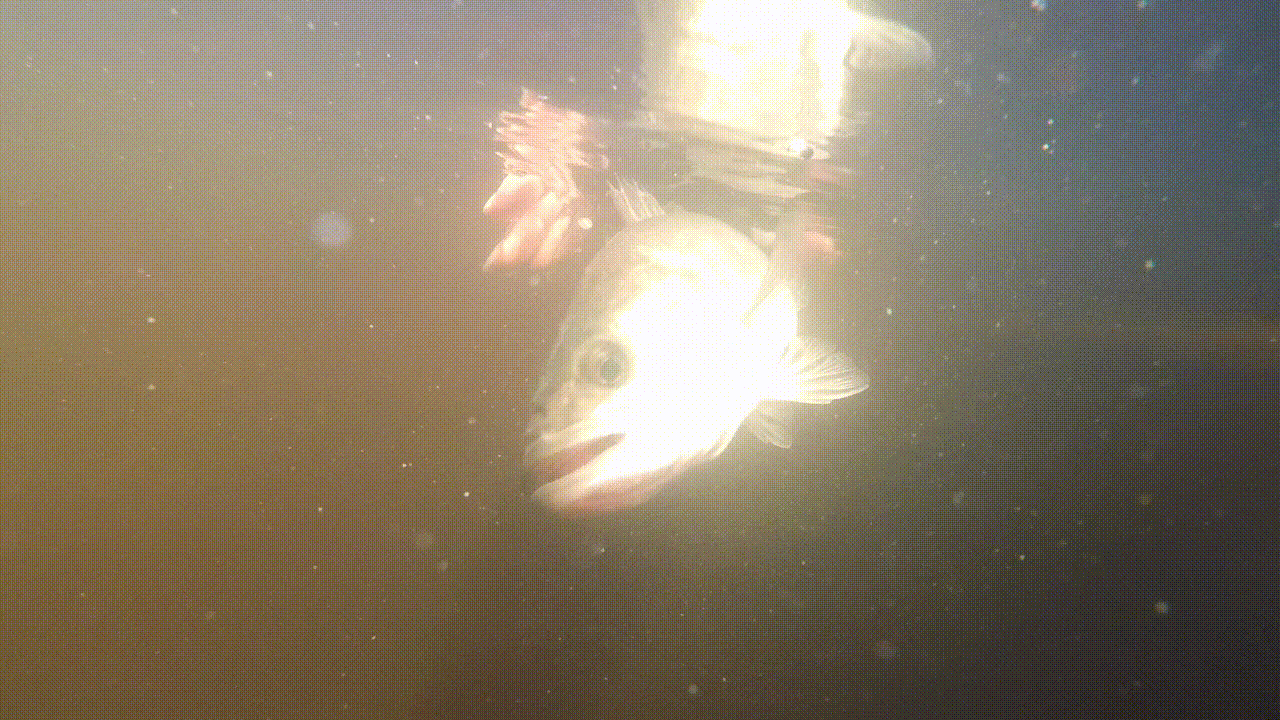
The waterproof action sports cameras boaters and anglers use these days include voice command features, high resolution image capabilities, and high definition underwater video options. Rewind back to the late 90's, waterproof sport disposable cameras and film cameras were still often used.
5. Fishing Lures

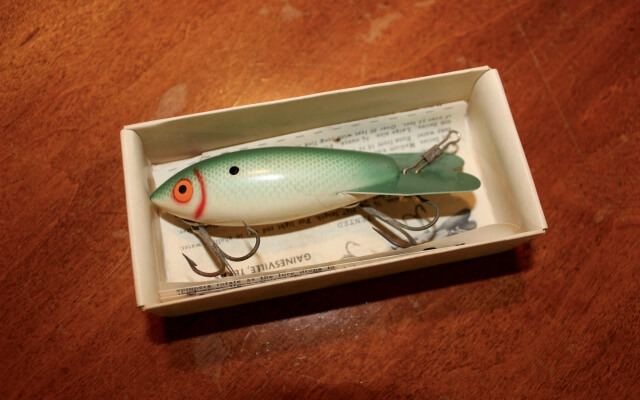
Present-day spoons, soft plastic lures, and crankbaits feature significant improvements with regard to design, detail, and materials. Some of today's crankbaits have even been designed to incorporate LED lights and sounds that mimic baitfish or shellfish. Soft plastic topwater frogs are much more realistic in appearance as compared with the models on the market just a few decades ago.
6. Fishing Music


Artists like Shania Twain, Faith Hill, 'N Sync, Britney Spears, the Backstreet Boys, and Mariah Carey dominated the airwaves back in 1998. Although boaters and anglers toted around cassette tapes and CDs instead of creating digital playlists.
7. Fishing Logs

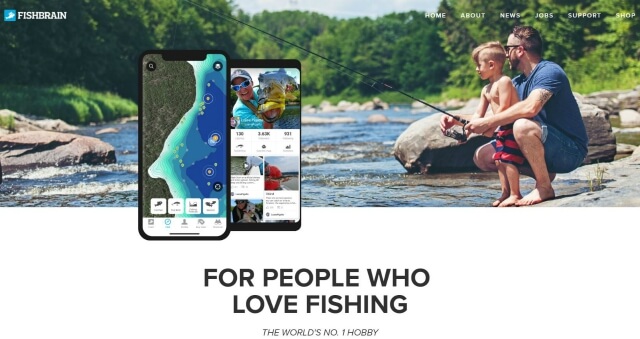
The digital age has provided us with the ability to record and track our catches through the use of specialized fishing apps, such as FishBrain. These apps can help us track weather conditions, lunar phases, waterway conditions, and catch rates to improve our chances of success. In addition, if you want to find new spots, interactive online maps like the "Places to Fish and Boat Map" can help you locate nearby waterways. All you have to do now is bring along your cell phone and click on the app icon, but if you kept a fishing log in 1998, you probably used a spiral notebook and pen or pencil.
8. Women's Fishing Apparel

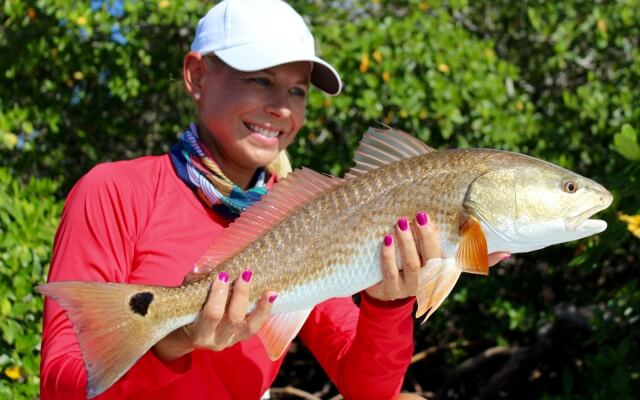
The past two decades have meant major wins for women with regard to angling apparel and women’s fishing gear. Boxy designs have been replaced with tapered sides, color options have expanded dramatically, and moisture-wicking SPF materials make days on the water much more comfortable.
9. Life Jackets

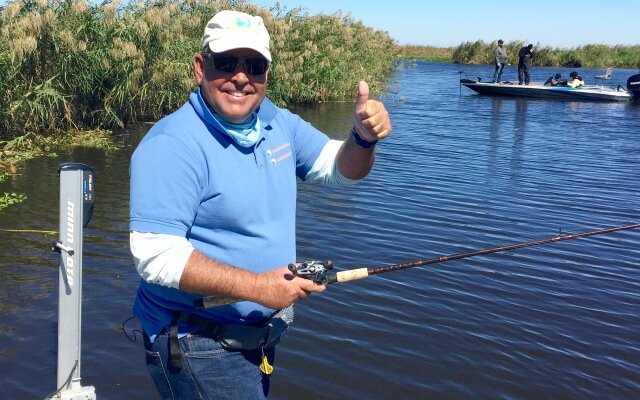
The manual inflatable life jackets and belts that we have available for use now were approved by the U.S. Coast Guard in 1998 -- making it easier and more comfortable than ever to wear your PFD. 20 years ago there were a lot more orange universal life jackets on board.
10. Fish Scales

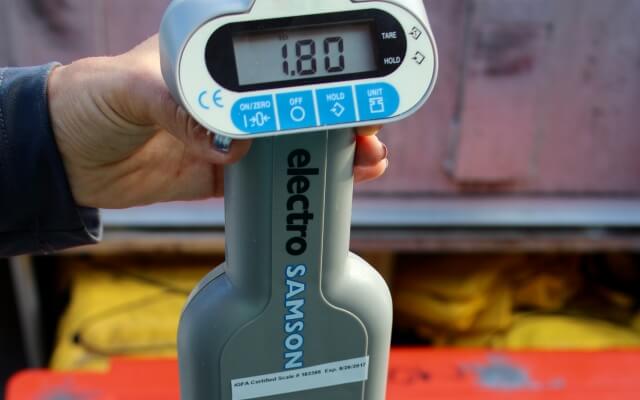
Digital fish scales have improved ease and accuracy with regard to weighing catches. Just remember, it's harder to exaggerate the size of your fish when your fellow anglers can clearly see the readout.
11. Research

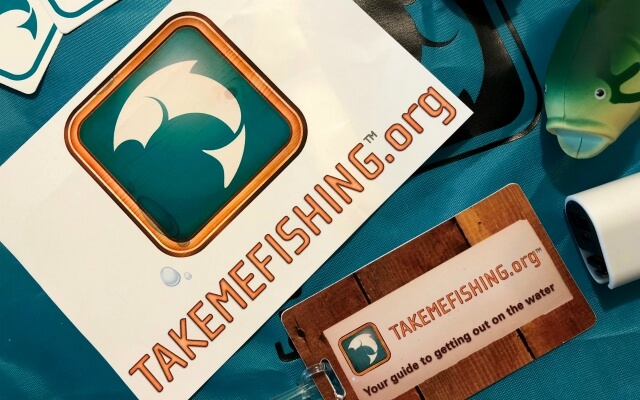
Think about how dramatically our methods of fishing education and boating research have changed. You can "Google" (verb) any fishing knot, fish species, type of boat, marine engine, or fishing technique and soak up loads of useful information at TakeMeFishing.org. Back in 1998, Stanford University students Larry Page and Sergey Brin had just founded the search engine company.
12. Social Media

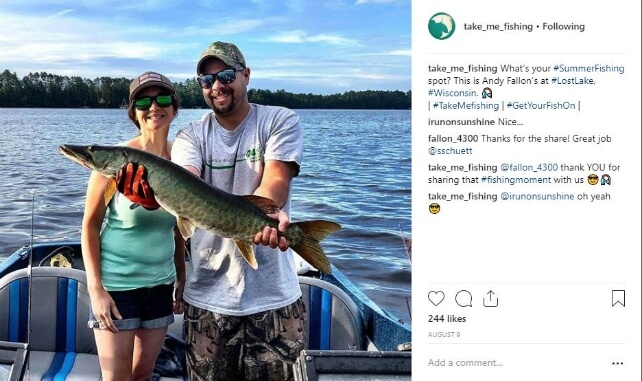
Today, you can share your #FirstCatch instantly with your friends or family on Instagram, Facebook, YouTube or Twitter. If you want your Aunt Betty in Chicago to see a picture of the snook you caught while on vacation in Florida, all you have to do is upload and post. In 1998, you would have mailed a print to Aunt Betty or scanned the photo and emailed it over to her.
13. Fish Finders

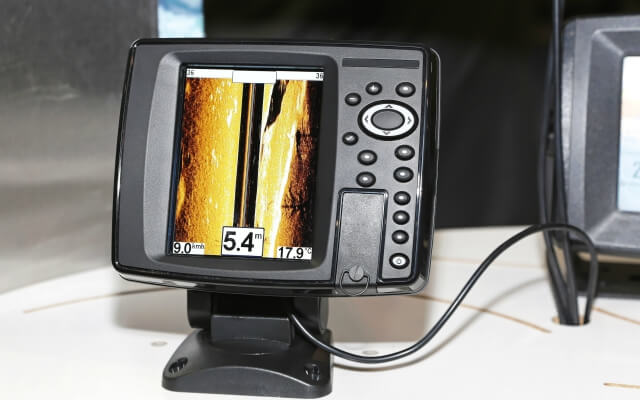
360-degree scanning technologies, touchscreens, and incredibly detailed images make today's fish finders valuable tools for locating your quarry. If you're looking for schools of bait, submerged structure, or trying to determine where the fish are suspending in the water column, it's no longer a guessing game.
14. Kayak Fishing

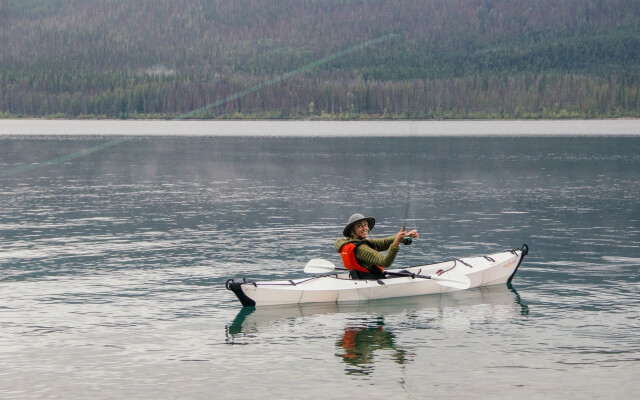
Kayak fishing has exploded in popularity over the past five years. From pedal drive kayaks that make it easier to fish longer distances to inflatable models that are easy to transport, you'll notice plenty of paddlecraft and people doing kayak fishing on the waterways these days.
15. Boats

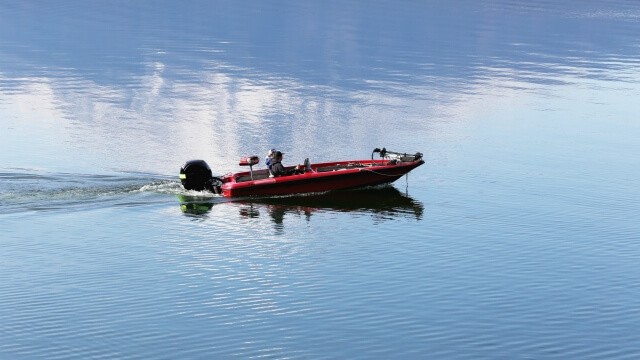
New advancements and features such as joystick steering, automatic positioning systems, and engines with improved fuel efficiency offer a better boating experience.
16. Trolling Motors

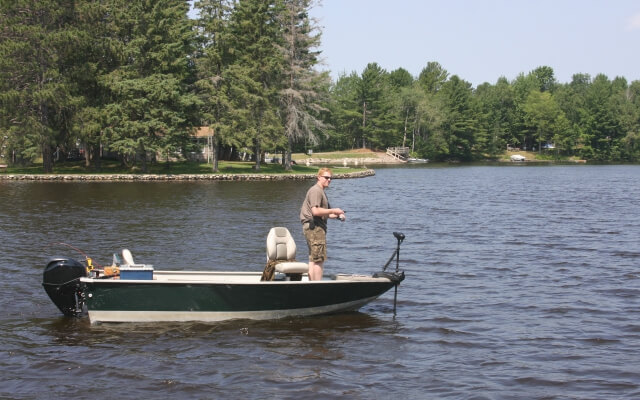
Approaching your favorite fishing spot in a stealthy manner is easier than ever before with recent innovations like self-deploying trolling motors, fishing electronics and wireless GPS trolling systems. These hands-free features give you more opportunities to cast and catch versus the manual tiller and deploy models of the past.
17. Fishing and Boating Footwear

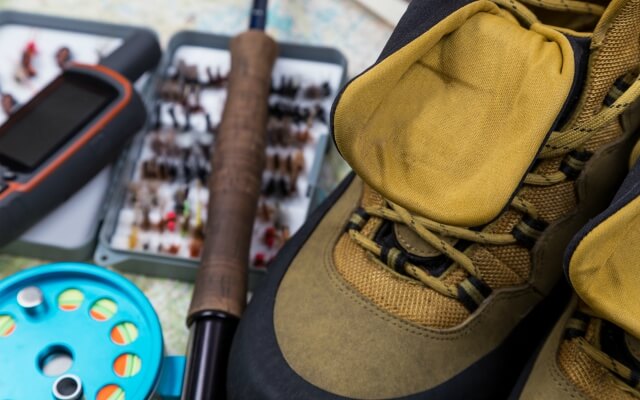
Beyond the basic flip-flops, sandals, and boat shoes of the past; you now have an abundance of options. Anti-odor technologies, ergonomic arch designs, slip-resistant outsoles, drainage holes, and stain-resistant materials are often cited as today's fishing footwear features.
18. Braided Fishing Line

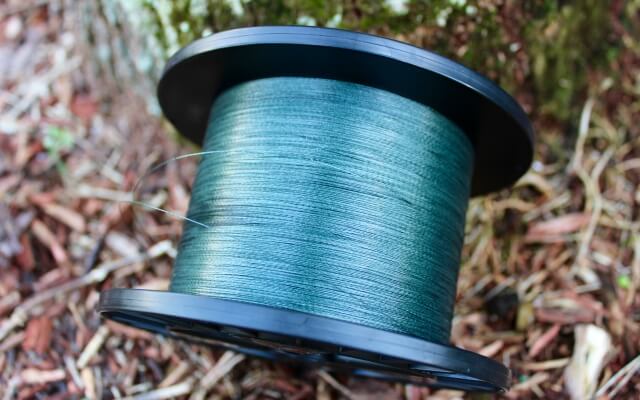
Today's advancements in braided fishing line mean increased casting distance, more sensitivity, overall power, lack of stretch, and high knot strength. Durable micro-dyneema and polyethylene fibers have replaced the Dacron and natural fibers that were used in the past.
19. Fly Fishing Lines

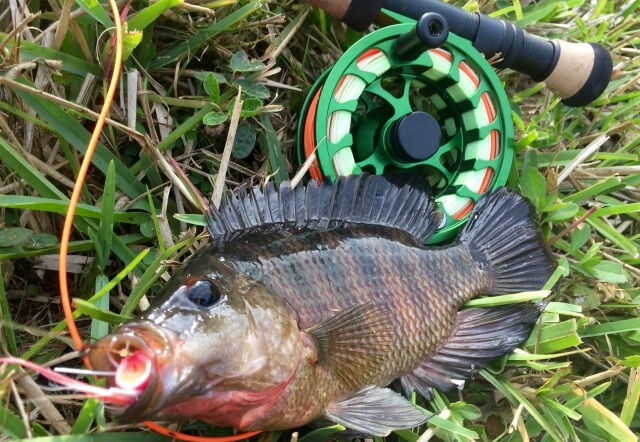
It used to be that a general purpose, weight forward line would cover most of your fly fishing adventures. Now, fly line manufacturers produce fly fishing lines in varying tapers for different situations. Long front tapers can land a fly gently by dissipating energy through its length, while shorter front tapers will transfer energy faster when casting heavy flies.
20. Fishing License and Boat Registration

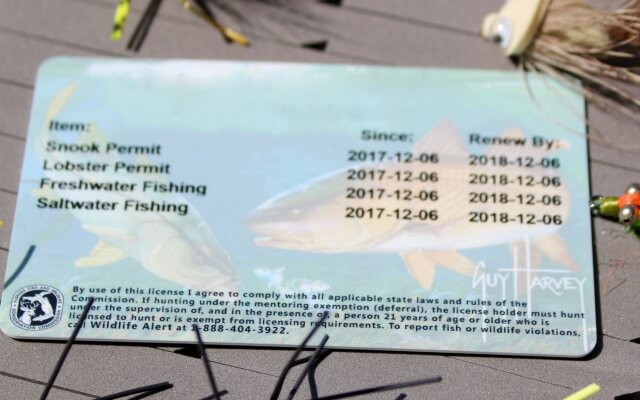
20 years ago, you had to visit your local tackle shop or sporting goods store to purchase a fishing license. Today, many states offer the option of purchasing a fishing license online. If you own a boat, you can check the states pages to get information about renewing your boat registration online as well.
Which fishing or boating advancement has made your experience better over the course of time? Share on social media or by commenting on this post which fishing or boating innovation you'd find it the most challenging to live without.









